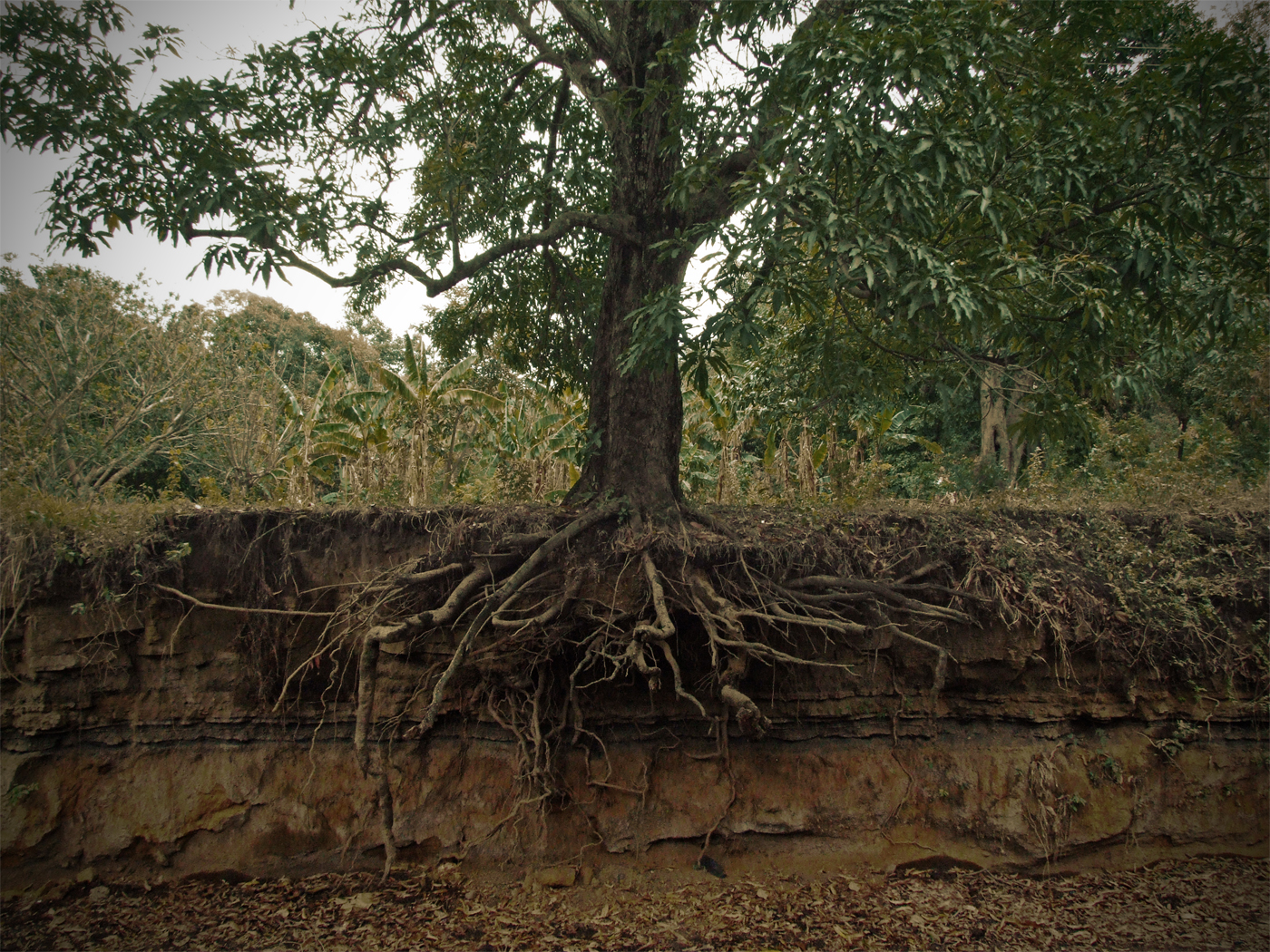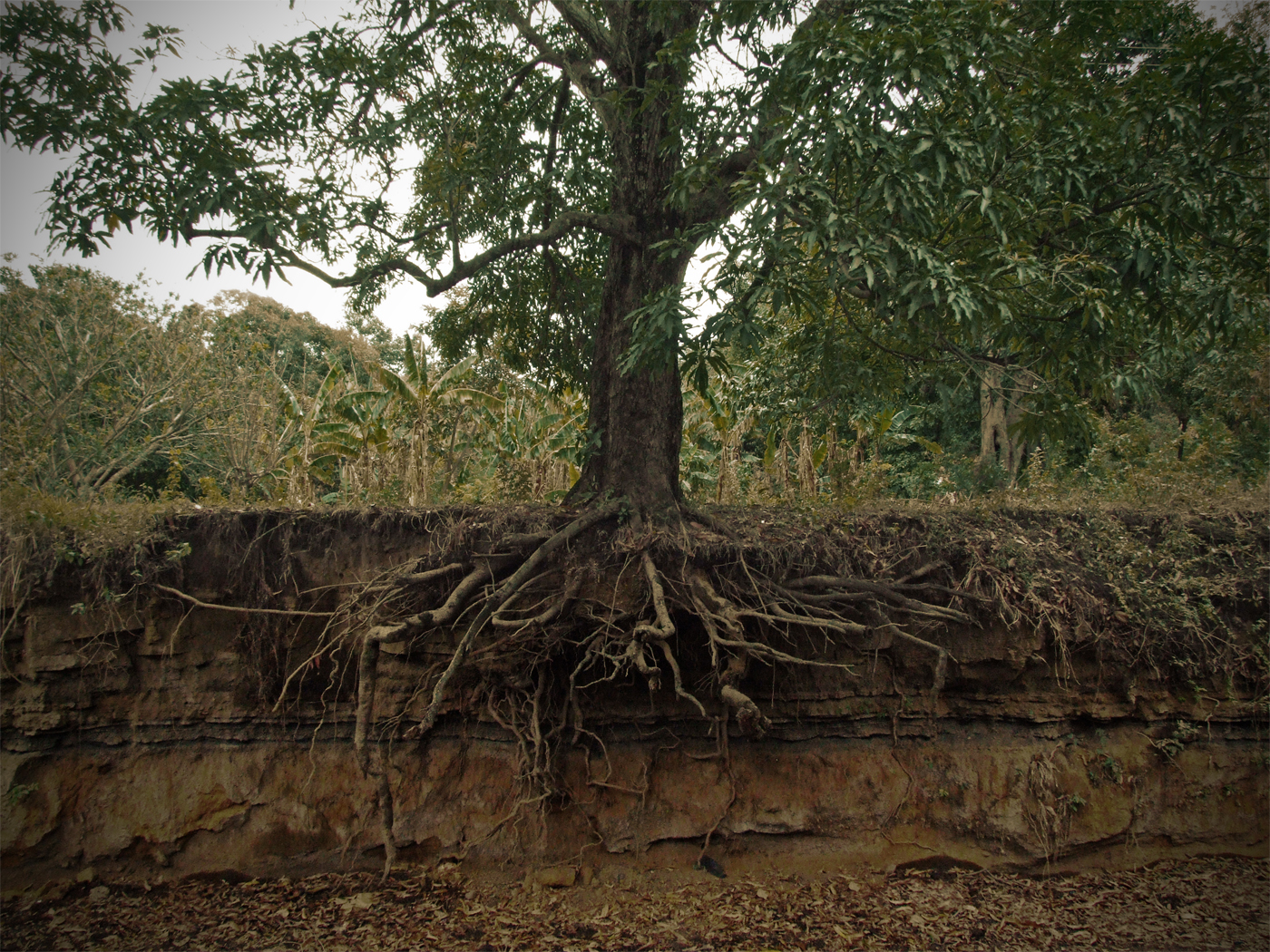
Towards an Otherwhere
Last night, at Duke’s Feminist Theory Workshop, Elizabeth Povinelli presented some of her recent work around geontologies. Both in the talk and in the q&a afterwards, there were often turns to her concept of “living otherwise”—that is, living in non-normative ways. The phrase calls up for me early twentieth century writer Vita Sackville-West’s long poem The Land (1927) in which she describes the usefulness or even necessity for “reaching out towards an otherwhere.” Here’s the line with some context:
And women still have memories of woods,
Older than any personal memories;
Writhen, primeval roots, though heads be fair,
Like trees that fan the air with delicacies,
With leaves and birds among the upper air,
High, lifted canopies,
Green and black fingers of the trees, dividing
And reaching out towards an otherwhere,
Threaded with birds and birds’ sweet sudden gliding.
It is one of the most hauntingly beautiful passages of the poem. For “women,” Sackville-West seems to say, the “here” is not safe, not available, not fully inhabitable. Instead, the trees—which Sackville-West later associates with women through the figure of the dryad—search for an alternative place to inhabit. Not necessarily a safer place, but an “otherwhere” nonetheless.
In Povinelli’s figuration of “living otherwise,” the attention is placed on practice, that is, the act of living or even the manner of living. In Sackville-West’s figuration, the attention is directed toward place. This idea of an “otherwhere” is incredibly provocative. What does it mean to reach toward a space which is not here? A place whose very existence as “other” depends on the existence and inhabitation of a “here” which might be conceptualized as a “normative” space? In many ways, this has been the work of many marginalized peoples, communities, and disciplines—to claim that which is “other-ed” (in ability studies and queer theory, for example) and in some cases to bring the “other” (-place, -people, -practice, etc.) into mainstream discourses and practices, with sometimes dubious results (e.g. gay marriage in the U.S.).
What might be the meaningful differences between and emphasis on place versus an emphasis on practice? Perhaps the most obvious response to such a question is that they need not be mutually exclusive. It has been theorized that places are created by practice. And practices occur in both time and space. But I’m interested to hear what you think. Have we left theorizations of “space and place” behind us in the move to theories of practice? With what gains and what consequences?
